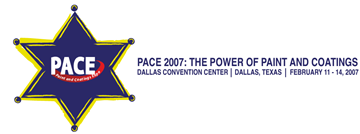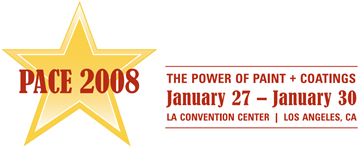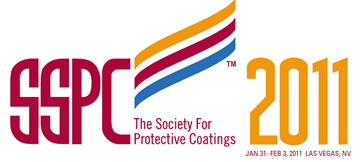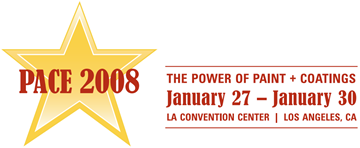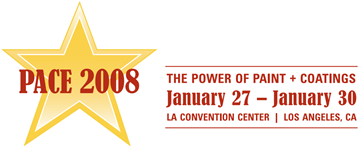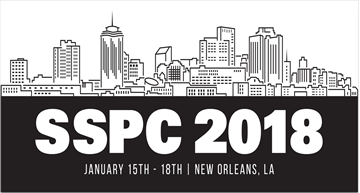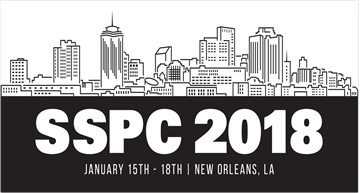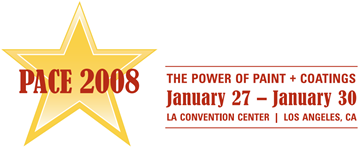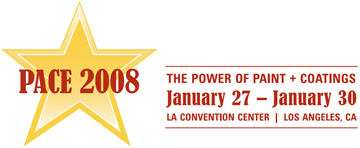Search
Products tagged with 'coating performance'
View as
Sort by
Display
per page
Performance of Marine Coatings Applied over Flash Rusted Surfaces
Product Number:
41209-465-SG
Publication Date:
2009
$20.00
Performance of Two-Coat v/s Three Coat Paint Systems
Product Number:
41214-829-SG
Publication Date:
2014
$20.00
Performance or Preference? A look at Selected Systems for Water Tank Interiors
Product Number:
41207-395-SG
Publication Date:
2007
$20.00
Polyaspartic Coatings that Perform as Well as Polyurethane Coatings
Product Number:
41208-411-SG
Publication Date:
2008
$20.00
Polyether Polyols: A Renewably Sourced And High Performance Ingredient For Coatings
Product Number:
41211-654-SG
Publication Date:
2011
$20.00
Polyurea Geomembranes for Primary Containment over Concrete
Product Number:
41208-429-SG
Publication Date:
2008
$20.00
Polyurea Geomembranes High Performance Seamless Liners
Product Number:
41208-430-SG
Publication Date:
2008
$20.00
Positive Displacement Proportioning of Two-Component Epoxy Intumescent Coatings for Passive Fire Protection
Product Number:
41214-851-SG
Publication Date:
2014
$20.00
Protection of Interfaces in Natural Gas Compressor Stations and Petroleum Tank Farms
Product Number:
51218-158-SG
Publication Date:
2018
$20.00
Proven Offshore Wind Power Coating Solutions
Product Number:
51218-119-SG
Publication Date:
2018
$20.00
Real World Performance Evaluation of Protective Linings for Concrete in Severe Wastewater Collection System and Treatment Plant Exposure Conditions
Product Number:
41208-436-SG
Publication Date:
2008
$20.00



